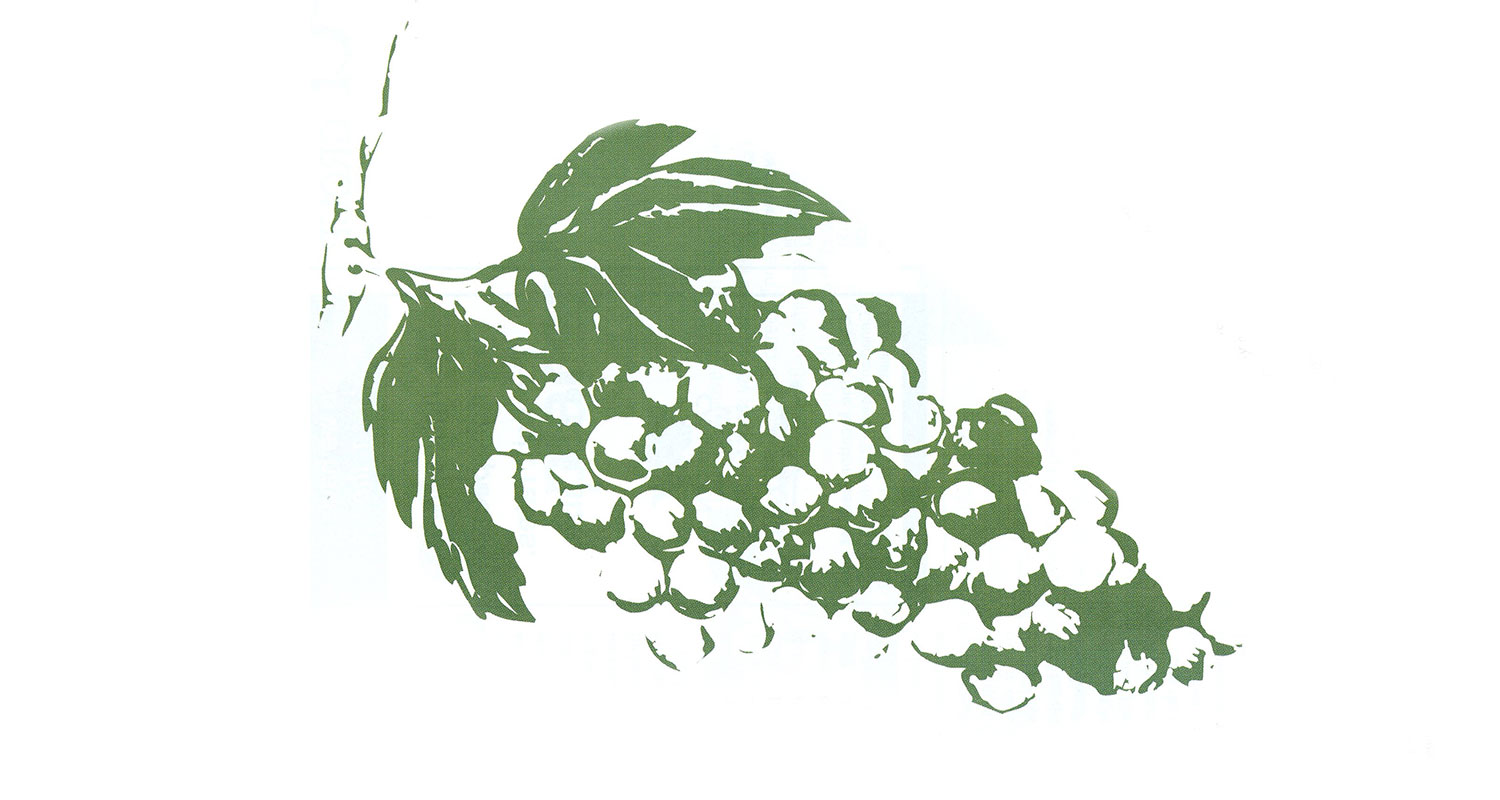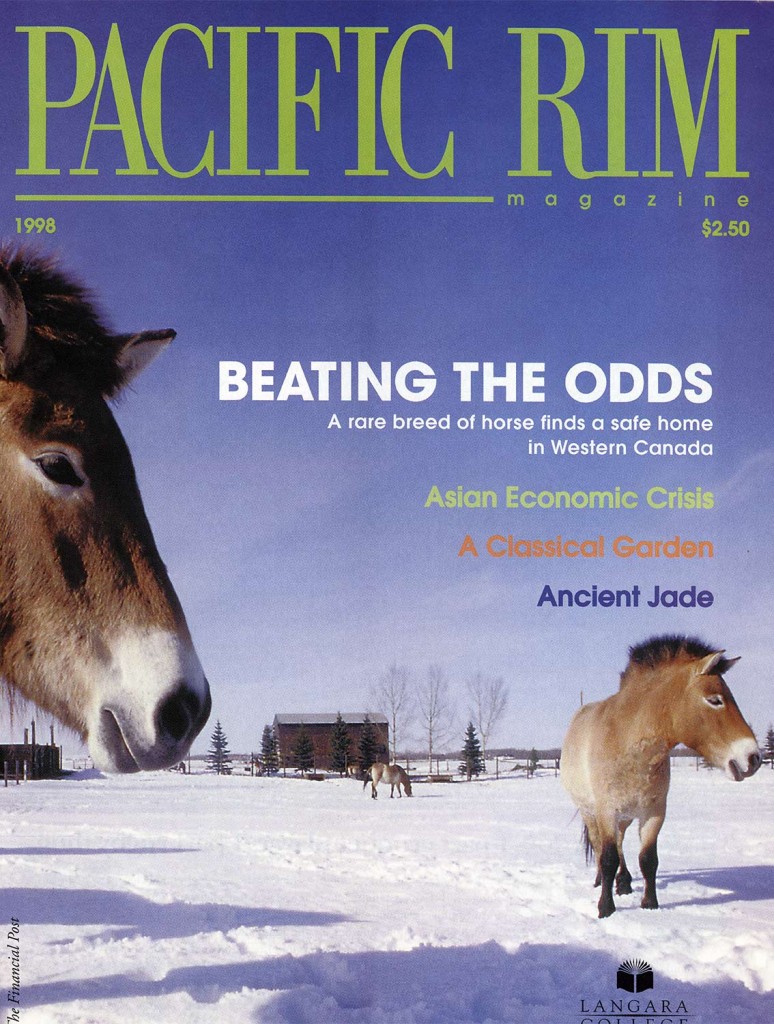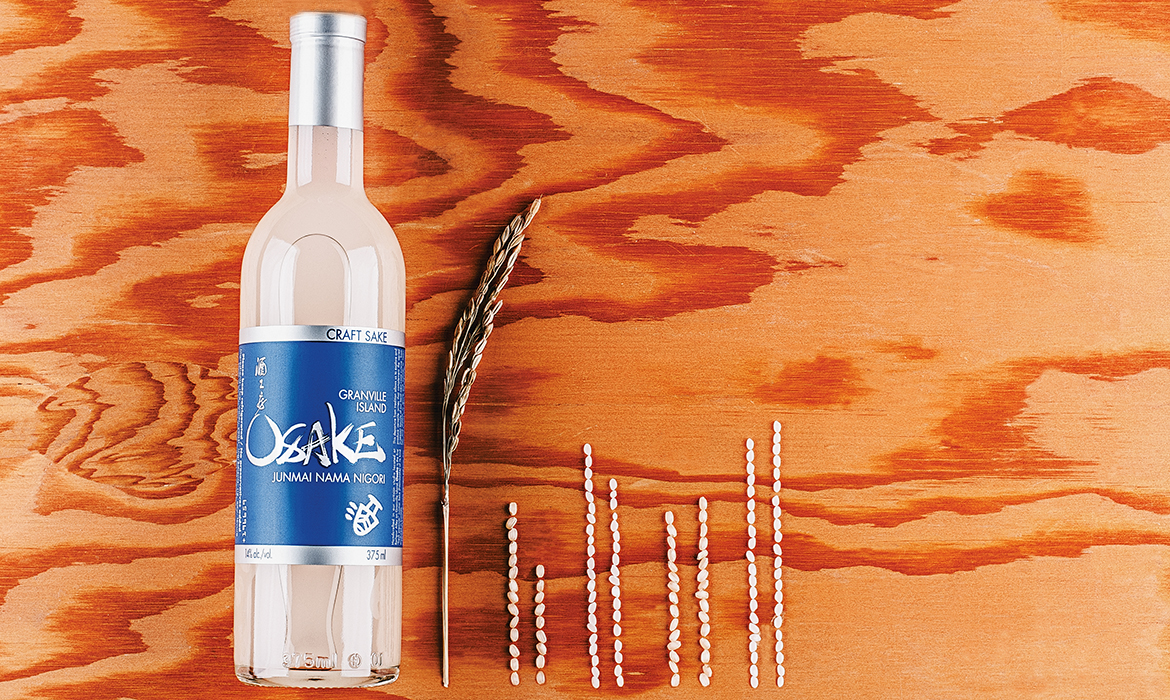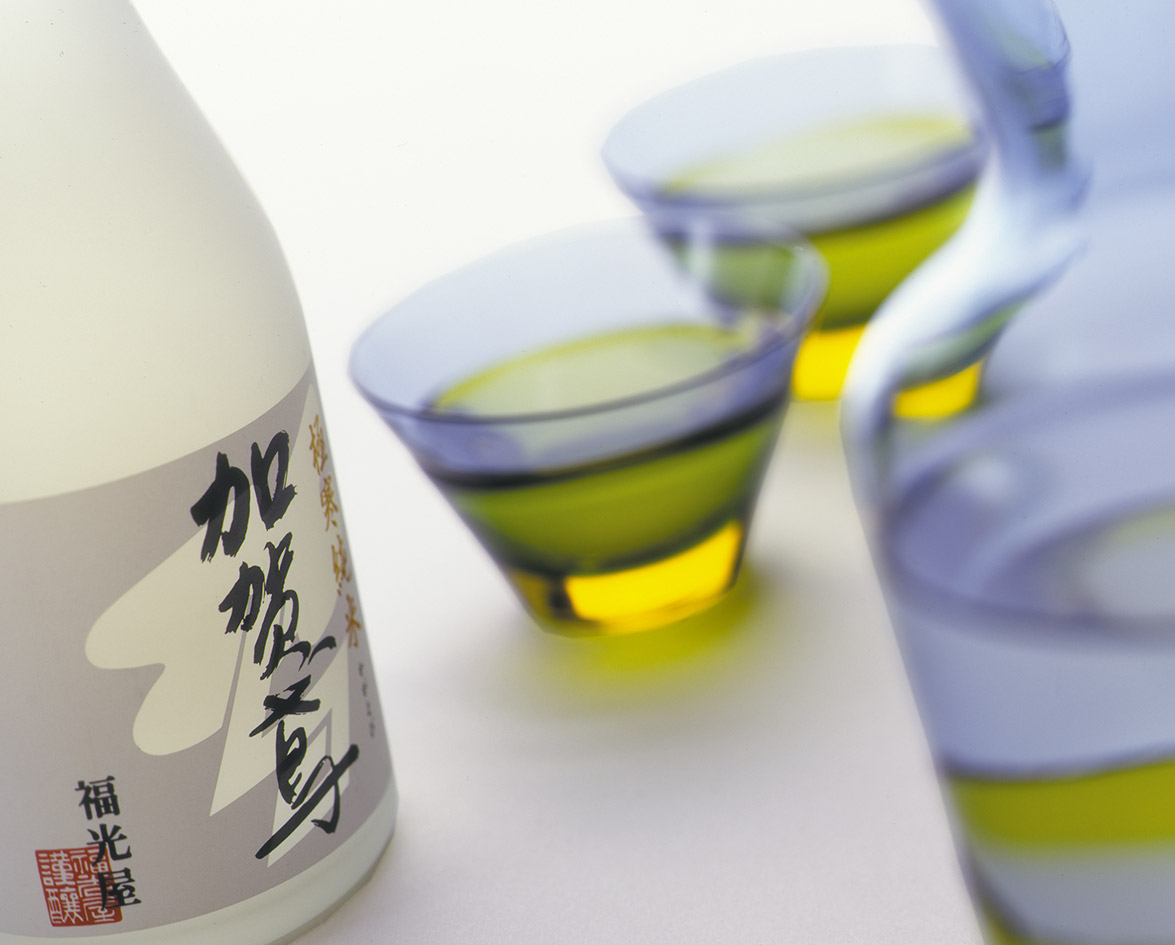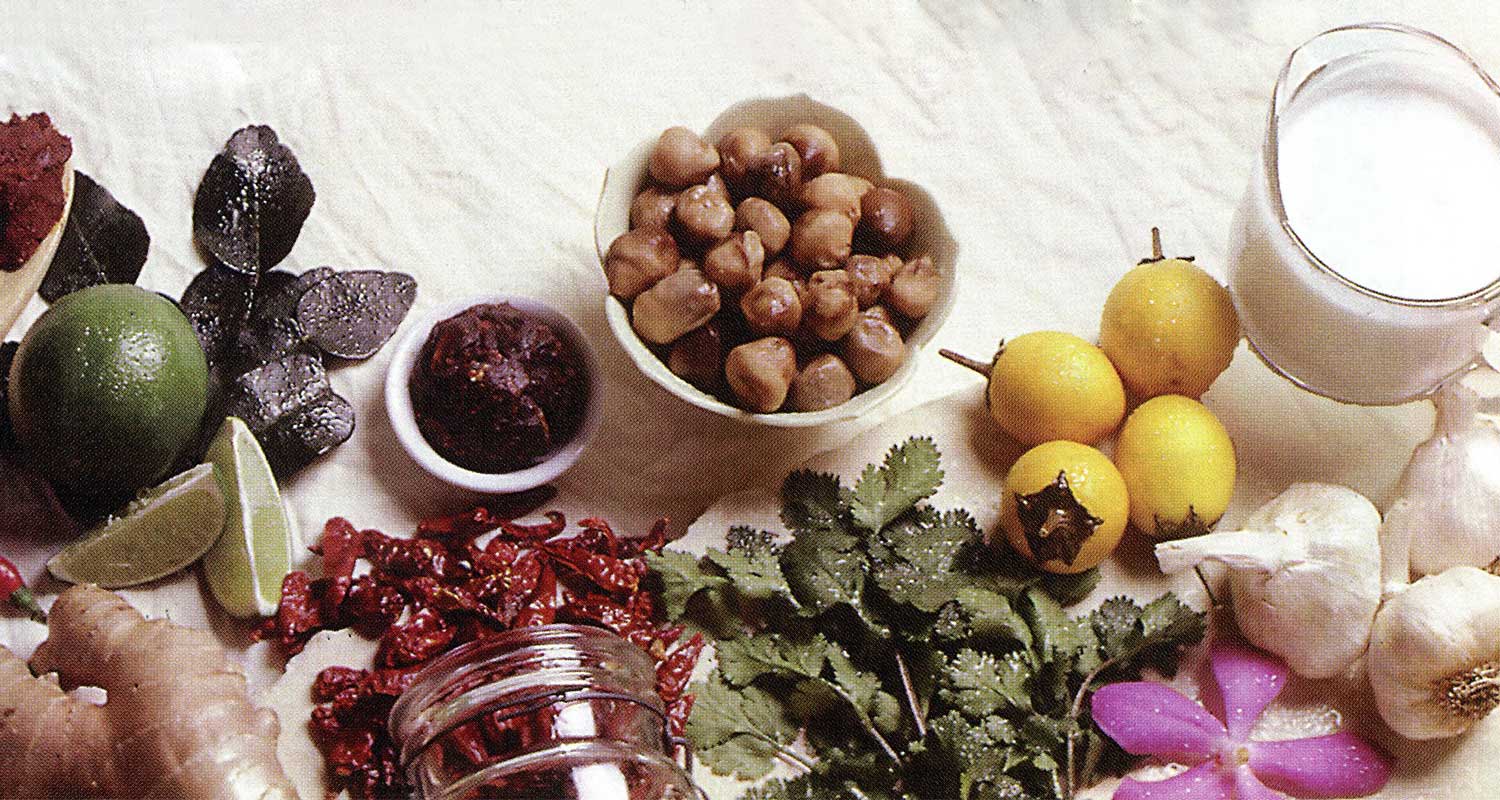It is difficult to imagine any product surpassing something as sacred to Canadians as maple syrup to become Canada’s most recognizable export, yet comparisons are being made between our revered maple syrup and icewines or late harvest wines-sweet dessert wines harvested after the first freeze.
And more than 60 per cent of Canadian icewine is going straight to Asia. This sudden demand is surprising, considering that historically the wisdom of wine merchants declared that there was a fundamental difference between Eastern and Western psyches and tastebuds that precluded an Oriental interest in wines. As far as wine producers and sellers were concerned, Asians were left to drink their tea and sake, and forgotten.
The Consumption Of Wine In The West
Consider the tradition that surrounds the consumption of wine in the West. The bottle is carefully displayed to the head of the table to ensure that the label and vintage are correct. After being cautiously drawn, the cork is passed on to be examined and sniffed with considerable interest and solemnity. A tentative splash is deposited into the glass, where it is then peered at through various lights, swirled around and inhaled until the bouquet, consistency and colour have been examined, discussed, and finally deemed acceptable for the table to consume. This ritual is more than faintly reminiscent of the Far East, where tea has been treated with the same reverence and similar ceremony for centuries.
Wine’s Rise In Popularity In Asia
Perhaps this has something to do with the enormous rise in popularity of wine in Asia, especially in Japan, Thailand and China. The new demand, for whatever reason, has been a blessing to British Columbia wineries, which have recently become world famous for light white wines such as Chardonnay and the sweet, rare and precious icewines.
While French red wine, specifically Bordeaux, has been the predominant choice of Asian wine connoisseurs and collectors, Japanese women have become one of the most thriving markets for light white wines such as Gewertztraminer, Riesling and Chardonnay. British Columbia wineries have traditionally excelled at growing and producing wines from these varieties, and sales are up as much as 40 per cent to China, Japan and Thailand. But it is the precious and rare icewines that are really giving Canada international recognition, and which are especially popular with Asian consumers.
The Qualities Of Icewine
The qualities that distinguish icewine from other varieties of white wine are an intense sweetness and powerful fruity aroma. The Mission Hill Grand Reserve Riesling Icewine 1996 is described in the press release from distributor Mark Anthony Group Inc. as “A luscious dessert wine, golden coloured and honeyed in character. An intense nectar of peaches, apricots, plump raisins, lemons and oranges explodes from the bottle in mouthfilling richness. Extremely long finish.” It is no wonder that such an exotic and delectable beverage is becoming so sought after by wine lovers from all over, but why is it so valuable? And why is it so appealing to Asian buyers?
Icewine originated, probably by accident, in Germany around 1790, when an early frost hit the vineyards in Franconia before the last harvest of green grapes was picked. Vintners were surprised when the frozen crop yielded a sweet and delicate, yet intensely aromatic wine they called eiswein.
British Columbia’s Okanagan Valley has a climate that is very favorable for the creation of icewine, as the required freezing temperatures can be counted on almost every year. In fact, British Columbia and Ontario icewines have been rivaling their German counterparts in quantity, and many would say quality, since they were introduced commercially in 1994.
Producing Icewine in B.C.
Icewine is very uncommon and expensive compared to other types of B.C. wine, averaging about $50 for a half litre, though it is primarily extracted from varieties of grapes commonly grown in the Okanagan, such as white Riesling. This varietal’s vines in particular are durable enough to harbour fruit late into the fall, and the wine matures elegantly with prolonged cellar aging. For this reason, it is the primary grape used in the production of icewine in the Okanagan, although Gewertztraminer, Traminer, Ehrenfelser and Vidal have also been used with success. The rarity of icewine stems from the fact that the grapes from which it is made are picked after they have been frozen on the vine, usually in late November or early December. It is difficult to keep the fruit away from birds and bears late into the season, and some growers have lost up to 80 per cent of their late harvest to predators. The remaining crop must be harvested at a very specific temperature; optimally between -8°C and -14°C for quality. At this temperature the grapes are frozen nearly solid, and after pressing, yield sweet, concentrated grape juice while the water is left behind in the form of ice crystals. The frozen grapes render only one fifth the amount of juice normally extracted for wine, and this rules out mass production and ensures the exclusivity of icewine, as well as justifying the premium price.
It is easy to recognize icewine in the store, as it is most often sold in slender, elegant bottles of half-litre capacity. The labels are distinctly decorative, and often the wine is packaged in a box, making it a precious and attractive gift. Most icewine is bought by tourists-particularly Asian tourists-because it makes a charming and delicious souvenir to take back home with them from Canada. This partly explains the strong and growing demand. But exports to Japan, China, Hong Kong and Singapore have risen by more than 50 per cent over the last two years. This is primarily a result of the new fashion of wine drinking and collecting that has swept Asian cities including Hong Kong, Taipei, Singapore and Tokyo. At annual wine auctions, Christie’s reports that 40 per cent by value of sales in its London auction went to Asian bidders, and this figure does not take into account the sales to British brokers working for Asian clients.
Icewine As An Investment
Jancis Robinson, a writer for The Financial Times, believes that this trend will only continue to penetrate Oriental cultures, and that “the number of serious wine collectors in the East will increase, attracted not just by fashion, and the appealingly ceremonial nature of wine drinking, but also by the financial attractions of a commodity rather less volatile than the stock market.” Certainly the fact that icewine is so rare and expensive contributes to its appeal as an investment, and this is compounded by the fact that it becomes better, and hence more valuable, with age. As well, icewine from British Columbia has become increasingly popular as a result of numerous international awards received by such vintners as Cedar Creek and Lynn Bremmer.
For most of us though, wine is for drinking, not exporting or investing in. To thoroughly enjoy icewine, it is usually recommended that it be served on its own, slightly chilled, because the flavours and aromas are so spectacular. However, certain desserts can complement the intensity and complexity of a good icewine. Sandra Hainle, whose family was the first to make icewine in the Okanagan in 1973, recommends the conservative approach. “We try to steer people away from having it with really sweet desserts. I usually suggest desserts that are based on pastry, fruit, cheese and nuts as the best bet to show the wine really well. If you get into chocolate or added sugar, you will alter the character of the wine and your experience of the wine.” One important point that winemakers all agree upon is that the majority of icewines are being consumed far too young. Quail’s Gate vintner Jeff Martin explains, “If people would buy them and set them aside for five years, the wines will be better…there is so much potential there.”
So whether you are a wine connoisseur, or simply enjoy a glass now and then, it is great to know that some world-class wines from B.C. are gaining recognition all around the globe.





